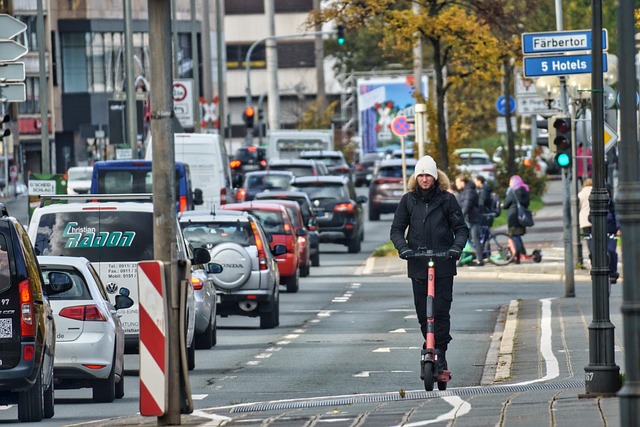The Promise of Green Transport in Transforming Rural Communities
In many rural areas, transportation remains a significant hurdle, impacting access to education, healthcare, and economic opportunities. Traditional vehicles, often reliant on fossil fuels, not only burden these communities with high operating costs but also contribute to environmental degradation. Embracing green transport options offers a pathway to overcome these challenges while fostering sustainability and growth.
Transport Sustainability: More Than Just Green Vehicles
Sustainability in transport goes beyond switching to electric or hybrid vehicles. It encompasses a holistic approach that includes optimizing routes, using renewable energy sources, and encouraging shared transportation models. For rural areas, this might mean investing in solar-powered community shuttles, developing bike-friendly pathways, or integrating sustainable logistics networks that reduce carbon footprints and enhance mobility.
By prioritizing green transport initiatives, rural communities not only reduce their environmental impact but also create resilient systems less susceptible to fuel price fluctuations and supply chain disruptions.
Linking Green Transport with Rural Development
Rural development thrives when communities have reliable, affordable, and sustainable mobility options. Green transport solutions can unlock new economic opportunities by facilitating access to markets, connecting farmers to suppliers, and enabling residents to reach employment hubs more efficiently.
Moreover, sustainable mobility supports health and well-being by reducing air pollution and encouraging active transportation modes like cycling and walking. These benefits ultimately enhance the quality of life and can attract new residents and businesses eager to embrace a greener lifestyle.
Building a Future Where Green Transport Drives Change
Implementing green transport in rural areas requires collaboration between governments, local organizations, and residents. Policies that support clean energy infrastructure, subsidies for eco-friendly vehicles, and community-driven planning are key elements for success.
As awareness grows about the dual benefits of sustainability and mobility, rural communities stand at the forefront of a movement that blends tradition with innovation. Embracing green transport is not just an environmental choice—it’s a commitment to culture, economy, and the well-being of future generations.



